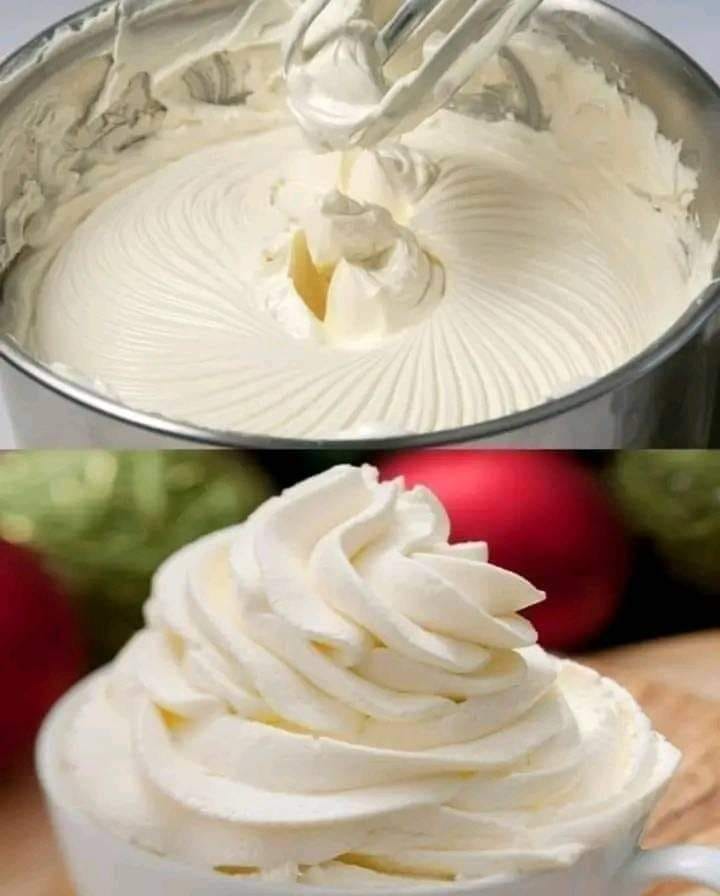- Step 1: Temper the Eggs
- The key to smooth pastry cream is tempering the egg yolks. This process involves slowly adding hot milk to the egg mixture to prevent the eggs from scrambling.
- Whisk the egg yolks with sugar until pale and thick. Gradually add a small amount of the hot milk mixture while whisking constantly. This slowly raises the temperature of the eggs without cooking them.
- Step 2: Constant Whisking
- Once the eggs have been tempered, pour them back into the saucepan with the remaining milk. Cook the mixture over medium heat, whisking constantly. This prevents lumps and ensures the mixture cooks evenly.
- As the cream thickens, keep whisking vigorously to avoid curdling. The cream will gradually become smooth and thick like pudding. Once bubbles start to form, it’s time to remove it from the heat.
- Step 3: Add Butter for Silkiness
- After removing the cream from the heat, immediately whisk in small pieces of butter. The butter adds glossiness and enhances the cream’s smooth texture.
- Strain the pastry cream through a fine mesh sieve to remove any lumps and ensure a silky finish.
3. Cooling and Storing Properly
- Cooling: To prevent a skin from forming on the surface, place plastic wrap directly onto the surface of the hot pastry cream before it cools. This will help maintain the cream’s smooth texture.
- Chill the Cream: Pastry cream must be cooled completely before use. After it has cooled to room temperature, transfer it to the refrigerator for at least 2-3 hours to set. This chilling process also helps the flavors meld together.
4. Adjusting for Different Textures
- For a Lighter Texture: If you want a lighter pastry cream (for filling cakes or pastries), fold in whipped cream to create crème légère or lightened pastry cream. This makes the cream fluffier and more delicate.
- For a Firmer Cream: If you need a pastry cream that holds its shape better (for piping into éclairs or tarts), use a bit more cornstarch in the recipe or chill it longer to help it set more firmly.
5. Flavors and Variations
Pastry cream is versatile and can be infused with different flavors to match your dessert. Here are some ideas:
- Chocolate Pastry Cream: Add melted dark chocolate to the cream after cooking for a rich, velvety chocolate custard.
- Coffee Pastry Cream: Dissolve instant coffee or espresso powder into the milk before cooking for a deep coffee flavor.
- Fruit-Flavored Pastry Cream: Stir in fruit purées like raspberry, mango, or passionfruit after cooking to give the cream a fruity twist.
6. Troubleshooting Common Issues
- Lumps in the Cream: If the mixture curdles or becomes lumpy, don’t panic. You can usually save it by passing the cream through a fine mesh sieve or blending it with an immersion blender while still warm.
- Too Thin: If your pastry cream is too thin, it may not have cooked long enough. Return it to the heat and continue cooking until it thickens.
- Too Thick: If the cream is too thick, you might have used too much cornstarch or cooked it too long. Whisk in a little warm milk to loosen the consistency.
Conclusion
Creating the ideal pastry cream comes down to patience, precision, and attention to detail. By mastering the cooking process, selecting quality ingredients, and following proper cooling techniques, you’ll achieve a luscious, velvety pastry cream that elevates any dessert. Whether you’re filling éclairs, layering cakes, or serving it with fresh fruit, this custard is sure to impress.
